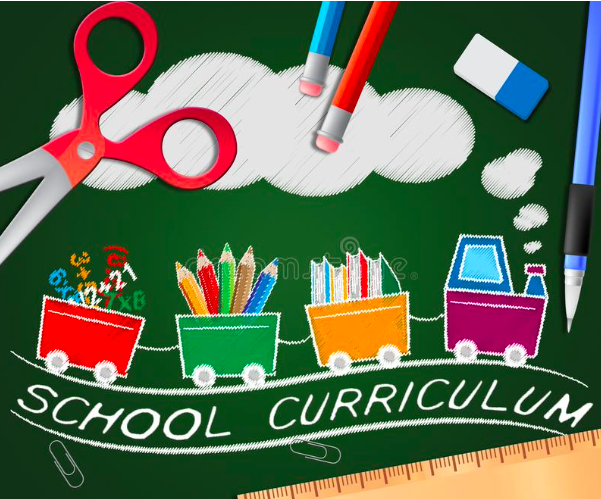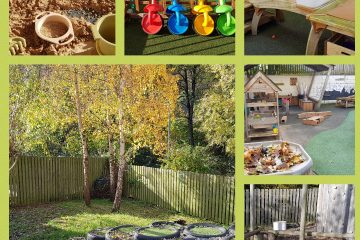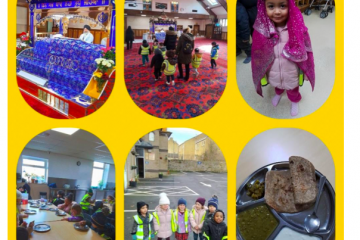Throughout the summer we were preparing for the introduction of the new
curriculum following the government changes around the EYFS which for many
years was the set curriculum for teaching the children.
We now have Birkbees new curriculum in place. This was put together by
management, staff and some very useful help from our parents who contributed
with some excellent ideas on what they would like their children to learn in their
time at Birkbees.
Firstly we set our curriculum intent so we could share our vision and aims.
Curriculum intent
Through our curriculum we hope to recognise each child as an individual and plan
enhanced opportunities to engage them in learning. We want each child to be
happy and content and to be inquisitive and curious, encouraging a thirst for
knowledge that will promote a positive attitude to learning and gaining the skills
needed for future success.
Secondly we worked on the curriculum and looked at what we wanted to teach
our children. We based this around the 7 areas of learning and took in to
account the Characteristics of Effective Learning. We also used Development
Matters which is a document to be used as a guide to the stages of learning.
Our curriculum was then set and we are using this to inform planning and
assessment.
Here is our new curriculum, setting out what we want our children to learn in
their time at Birkbees
Communication and Language
To hold conversations with adults and peers throughout the day using back and
forth interaction.
To build a rich vocabulary and use language effectively
To build language structures
To appreciate other languages and learn words and phrases to prepare them for
today’s diverse community
To enjoy listening to the reading of stories, poems and rhymes
To use new words in a range of contexts
To share their ideas and talk about what they are doing and their interests
To be able to communicate their needs
To ask and answer questions
Physical
To use gross motor skills and build a foundation for a healthy body and for
social and emotional wellbeing.
To develop core strength, stability, balance, spatial awareness, co-ordination
and agility
To use fine motor control and precision, helping with hand eye co-ordination and
early literacy.
To use tools for task and engage in small world activities, puzzles, arts and
crafts.
To develop proficiency, control and confidence.
PSED
To build strong, warm and supportive relationships with adults
To build good friendships with other children
To show empathy for others and respect others feelings
To have good manners and show kindness to others
To have a sense of right and wrong and respect rules and boundaries
To resolve conflicts peaceably
To learn how to understand their own feelings and those of others
To manage their emotions and develop a positive sense of self
To have confidence in their abilities and celebrate their achievements
To be willing to “have a go” and not be afraid of making mistakes
Literacy
To develop language comprehension, essential for both reading and writing.
To enjoy books, stories and non-fiction, rhymes, poems and songs.
To begin familiar word recognition and decoding.
To begin to articulate needs and ideas and structure them in speech.
Maths
To count confidently and develop a deep understanding of numbers 1 to 10
To see the relationships between them and the patterns within those numbers
To develop a secure base of knowledge and mathematical vocabulary
To develop spatial reasoning skills including space, shape and measure
Understanding the world
To explore the community around them through visiting parks, libraries and local
shops and places of worship.
To learn about people in society such as police officers, nurses and firefighters.
To respect others cultural differences and religions and appreciate the
diversity of the community we live in.
To have an understanding of technology.
To respect the world around them and have an understanding of caring for the
natural environment and all living things.
Expressive Arts
To engage with the arts and explore with a wide range of media and materials
To develop understanding, self-expression and the vocabulary and ability to
communicate through the arts
To interpret and appreciate what they hear, respond to and observe.



